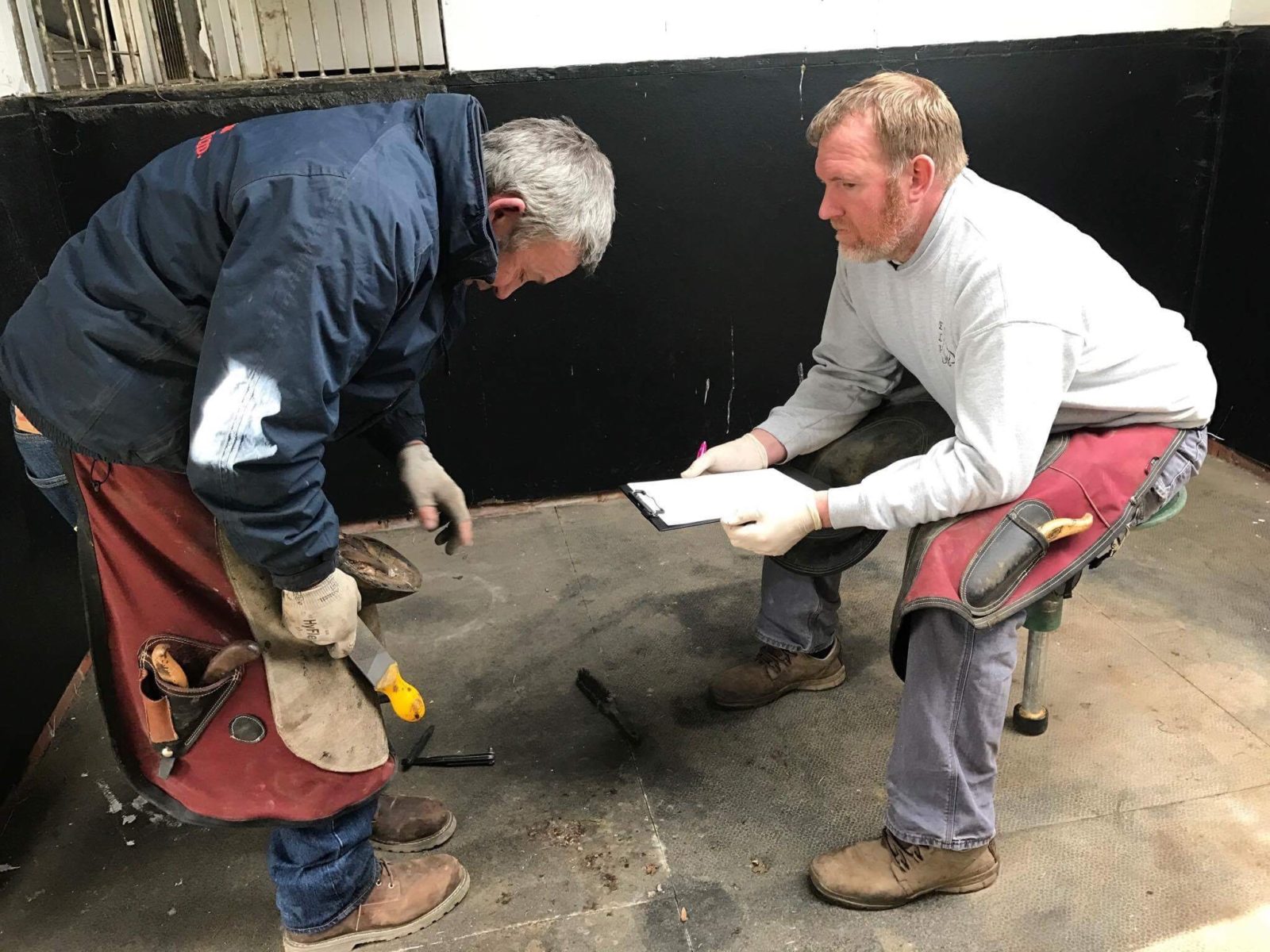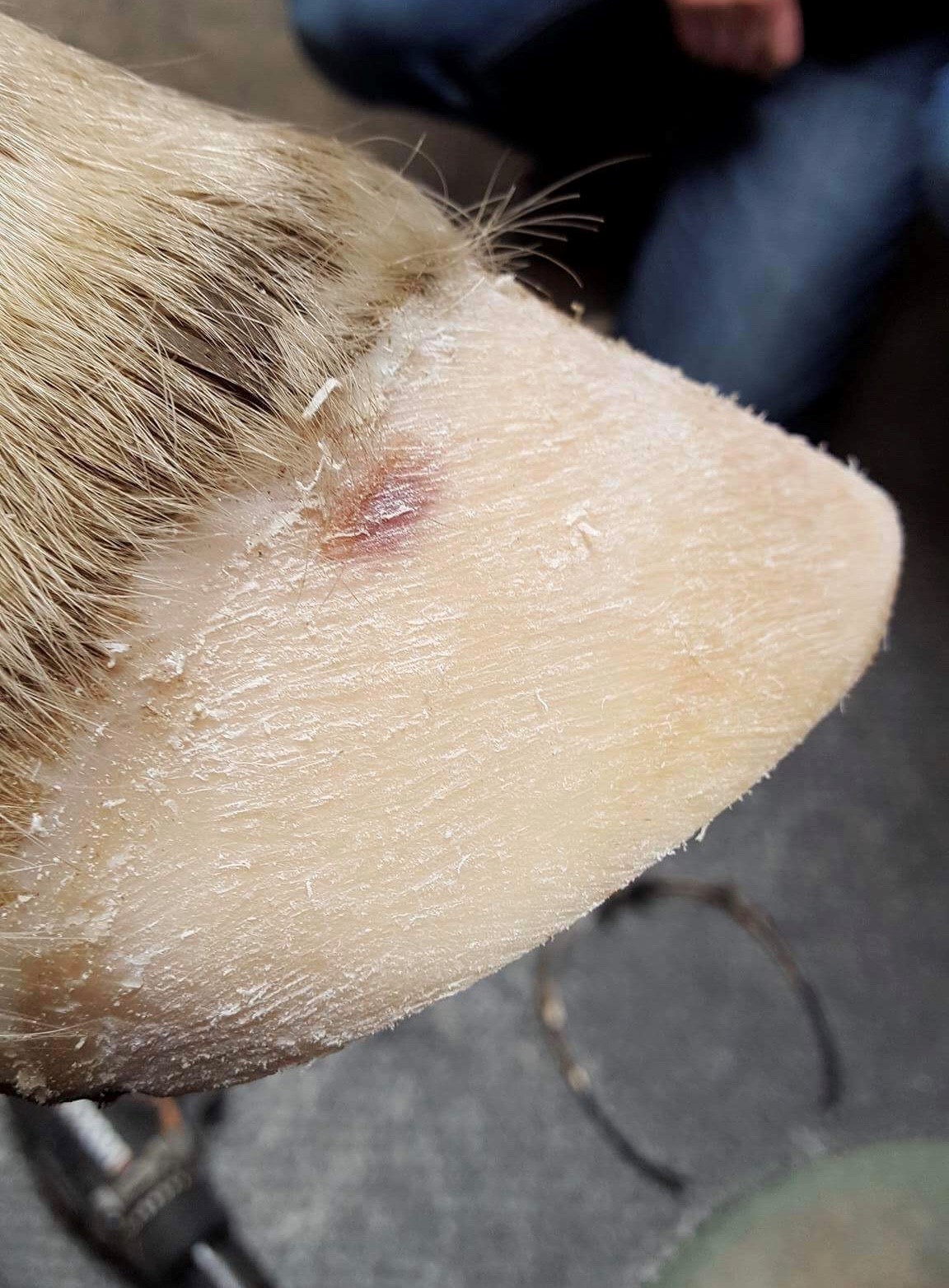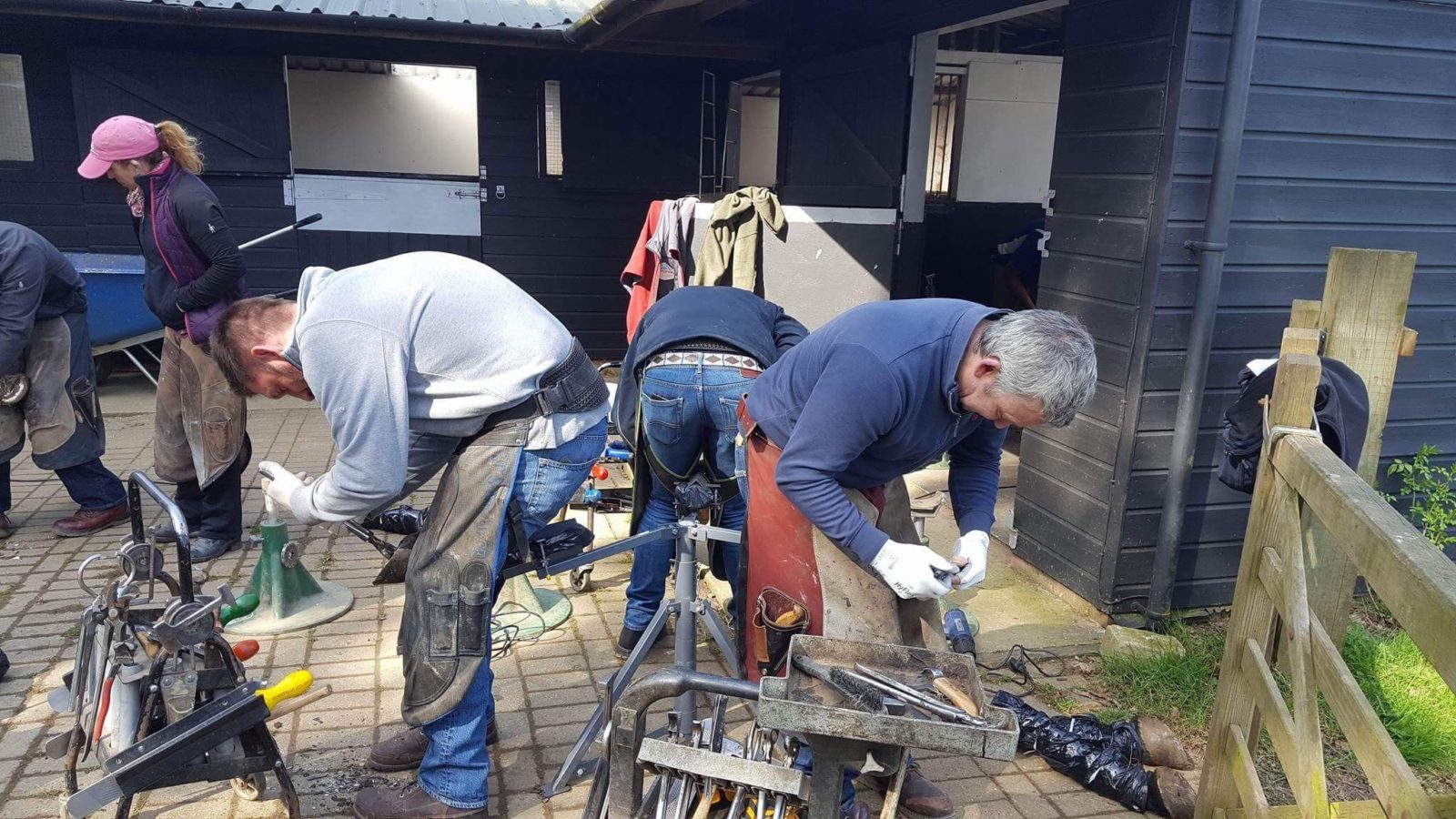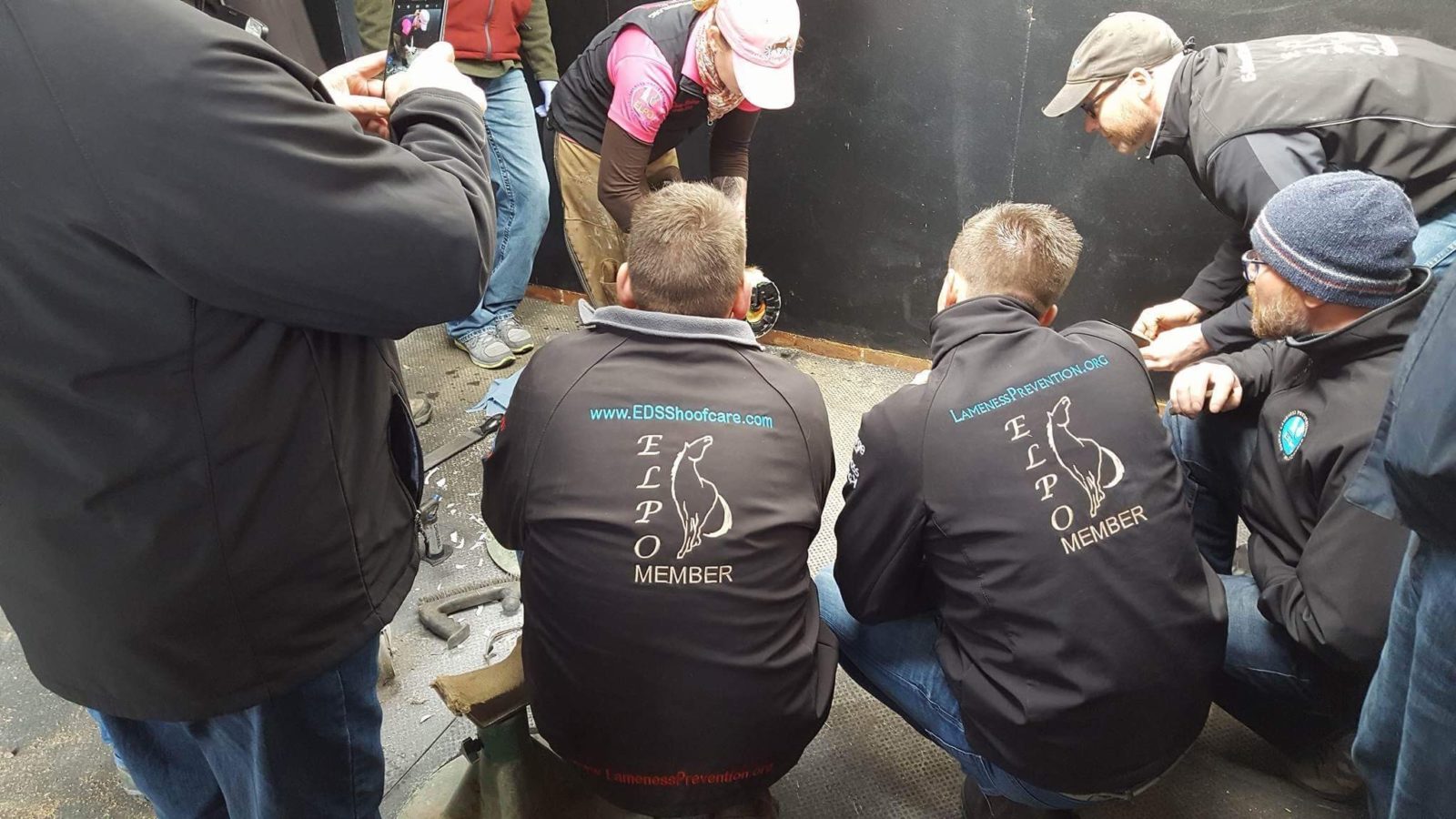Submitted by Steve Foxworth, President of the E.L.P.O.
Equine hoof care: an industry with great tradition, experience, and information that has been passed down from generation to generation; from Father to Son, from Grandfather to Grandson, and, in some cases, Great Grandfather to Great Grandson with one important mission: the comfort of horses.

It amazes me that, for centuries, horses have played such important roles in human lives. The role today that horses play is definitely different than the role they’ve played in the past. Horses used to be more of a tool for transportation or that of a tractor or truck and even used as weapons for war. Today, they are more often used for pleasure, sport, or companionship. Regardless whether a horse is used as a tool or as a companion or both, the importance of hoof care is more evident now than ever. A horse’s ability to learn, adapt, and change is truly incredible. Horses do so many different things with little to no objection i.e. racing, dressage, jumping, cross country, vaulting, roping, barrel racing, bulldogging, reining, cutting, endurance, competitive trail, mounted shooting, crowd control, driving etc. and on multiple different surfaces (dirt, clay, rock, gravel, sand, artificial surfaces, grass, asphalt, concrete) and in wet and dry environments. No matter what we come up with the horse is willing to TRY!

As hoof care providers, it is beneficial if we can be more like the horses in our ability to adapt and change. Our mindset as hoof care providers is key in achieving this. Without putting “right” and “wrong” or “good” and “bad” but instead using an observation of what the horse wants or responds favorably to can only help these amazing animals continue to TRY. It is not necessarily what we are using as a tool to care for them (metal, wood, or composite shoes that are nailed, screwed, strapped or glued) or leaving them barefoot, but the continued education of how all of these tools work, and then the practice in becoming proficient with them. Understanding it is a journey, not a destination, and allows us to learn, adapt and grow just like the horse.
The E.L.P.O. (Equine Lameness Prevention Organization) works toward such a journey. The organization’s goal is to question, monitor, and improve upon practices regarding hoof care. With great respect for tradition and the centuries of information that have been passed down, the members of the E.L.P.O. also strive to be like the horse with a willingness to learn, adapt and grow. With the help of Daisy Bicking and Garrett Ford over the last 3 to 4 years, the E.L.P.O. has seen the importance and the benefits of glue-on composite shoes. In 2016, the E.L.P.O. held the first CFGP (Certified Farrier Glue Practitioner) exams in Pennsylvania. With Daisy as a lead in designing, instructing, and assessing this exam, farriers have a strong base in which they can build from. The many different things that can be accomplished both with urethane and acrylic glues and the innovation of a multitude of shoe possibilities is proving to be very beneficial.

For the last 2 years, one of the Board of Directors of the E.L.P.O., Matt Staples, has been asking for this certification to be brought to the United Kingdom. In March of this year, Daisy and I led a glue course and CFGP exam in conjunction with a Level 5 Examiner/Instructor course in the U.K.. Instructors and examiners from the U.K., France, Holland and the U.S. came together to learn. Participants sat through 6 hours of lectures and discussion ranging from leadership and communication, to glue types, composite shoes and applications. Participants evaluated and graded several cadaver feet using the E.L.P.O. Hoof Evaluation Protocol. The frog, heels, bars, and toes all get assessed with a 0-5 scale (0 meaning non-distorted and 5 being the greatest distortion) while taking turns assessing each other as well. Cadaver feet were trimmed using hoof mapping as a guide along with what was assessed in the Hoof Evaluation Protocol. Daisy then did a demonstration on glue prep on the foot with explaining what we understand today as best practice including moisture control, dirt and debris, scuffing, feathering and common things that could cause glue failure. Participants were then able go through the process on multiple cadaver feet. At the end of the second day, five instructors who had previous glue experience and were prepared to take the practical exam completed it and passed. Having these instructors pass this exam is paving the way to start having CFGP qualifications in the U.K. and Europe.


Seeing the willingness to learn and continue gathering information from these farriers where tradition runs as deep as any place in the world, was extremely rewarding. These farriers are adding to an already enormous amount of information of hoof care. This group of practitioners are not making things “right” or “wrong”, they are looking to learn and become proficient at hoof care so that they can service horses in a manner that horses have served humans for centuries with a want to learn, adapt and grow.

Many thanks to Garrett Ford and EasyCare as you continue to donate material so that many more horses and people can benefit from an education of the possibilities of glue-on composite shoes. Another thank you to Red Horse Products who also sponsored the course and provide a line of products to help maintain healthy hooves.





